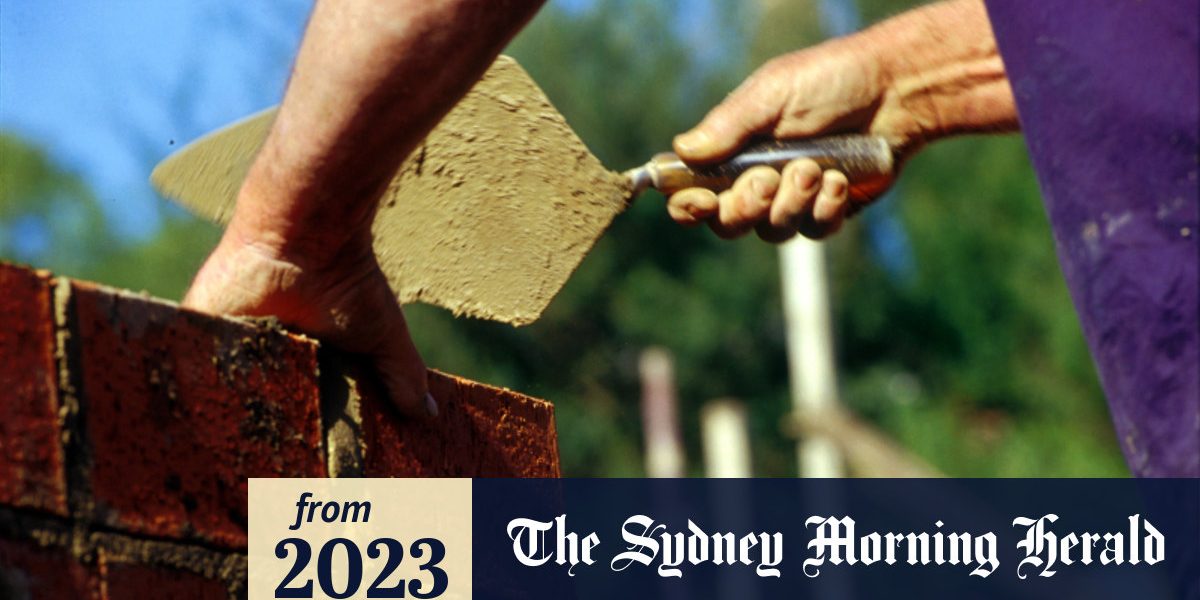“Now that these concessions and support mechanisms have ended, from October 2022 to March 2023, there was a 61 per cent rise in insolvency compared to the same period last year, with 3632 cases reported this year compared to 2257.”
Victorian Chamber of Commerce and Industry chairman Paul Guerra said rising inflation and the end of COVID-era subsidies were contributing to the rapid increase in businesses going under.
“But we’ve also had a couple of big organisations fail – Porter Davis and a couple of other home builders,” he said.
“So there’s nervousness now in the market, and we are starting to take calls from businesses that have noticed a significant slowing in spending. And that is playing out in the viability of businesses.”
Between 2017 and 2019, the average annual number of insolvencies was 8060. But during the pandemic, between January 2020 and September 2022, insolvencies fell 53 per cent to 5259.
This suggests some construction businesses had traded through the pandemic that otherwise would not have survived, said Patrick Coghlan, chief executive of CreditorWatch agency.
“These business are now appearing in insolvency numbers due to more expensive inputs, higher interest rates and rising labour costs,…







